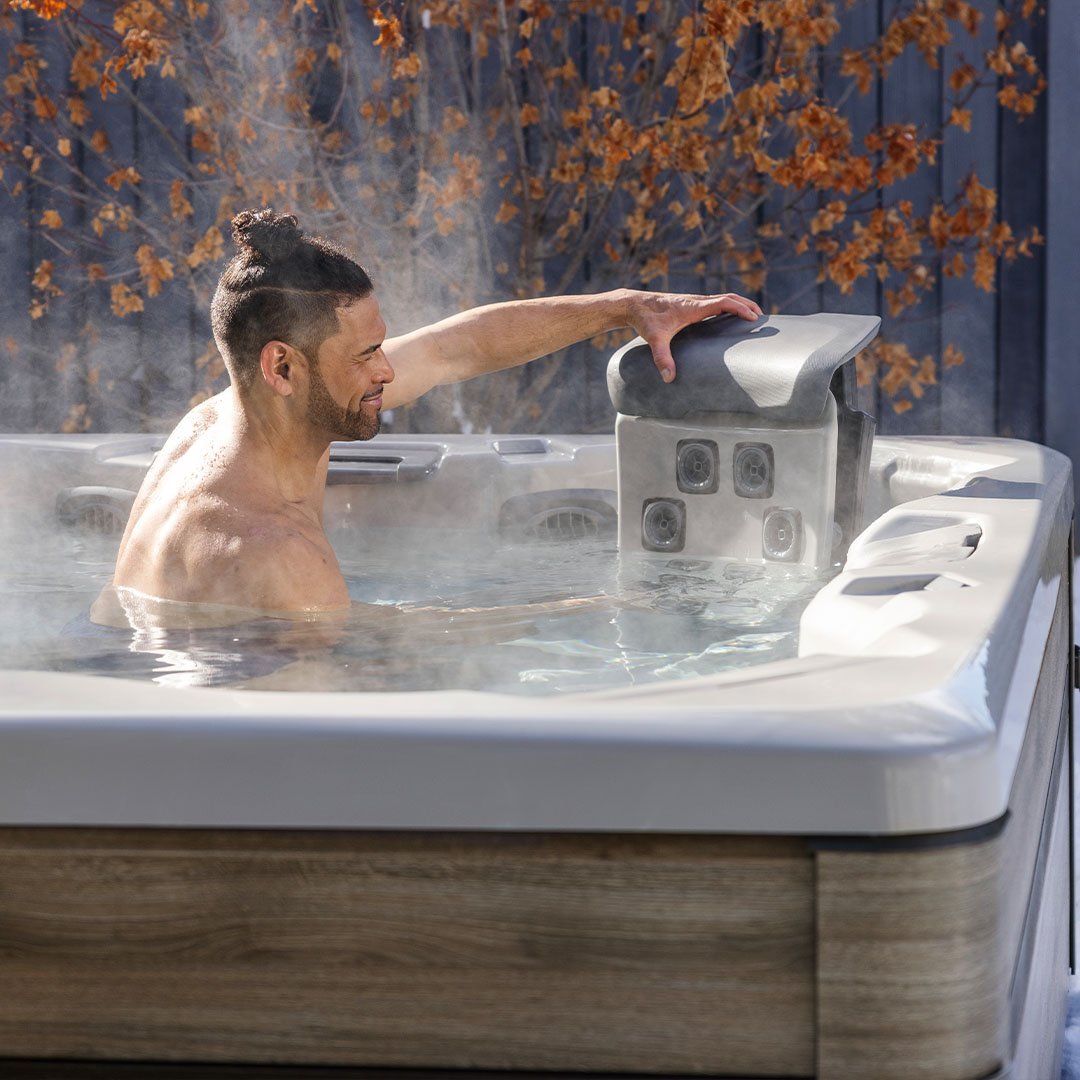Testing Your Hot Tub Water: A Guide for Safe Soaking
Testing your hot tub water is crucial to maintaining a clean, safe, and enjoyable soaking environment. Regular testing helps prevent issues such as skin irritation and ensures the longevity of your spa. This comprehensive guide will walk you through the necessary steps and best practices for testing your hot tub water efficiently and effectively.
Why It's Important to Test Hot Tub Water
Before diving into the testing methods, it’s important to understand why regular water testing is essential. Hot tubs are breeding grounds for bacteria due to the warm temperatures. Proper chemical balance is critical to prevent bacteria growth and ensure the water is safe for you and your guests. Additionally, balanced water protects the hot tub components from damage due to acidity or alkalinity.
What You Need to Test Your Hot Tub Water
To begin testing your hot tub water, you will need the following tools:
- Test Strips: These are easy to use and can quickly give you a snapshot of your water’s chemistry, including pH, total alkalinity, and sanitizer levels (chlorine or bromine).
- Liquid Test Kits: A more accurate method for testing water chemistry. These kits involve adding a reagent to a water sample and comparing the color change to a chart.
- Digital Testers: These provide highly accurate readings and are simple to use but can be more expensive than other methods.
Step-by-Step Guide to Testing Your Hot Tub Water
-
Collect a Water Sample
- Dip your test strip or collect a water sample from your hot tub at elbow depth to ensure you are not just testing the surface water.
- Dip your test strip or collect a water sample from your hot tub at elbow depth to ensure you are not just testing the surface water.
-
Test for Sanitizer Levels
- Whether you use chlorine or bromine, check the sanitizer levels first. This helps in controlling bacteria and other organic materials in the water. The ideal chlorine level should be between 1-3 ppm (parts per million), and for bromine, 2-4 ppm.
- Whether you use chlorine or bromine, check the sanitizer levels first. This helps in controlling bacteria and other organic materials in the water. The ideal chlorine level should be between 1-3 ppm (parts per million), and for bromine, 2-4 ppm.
-
Check the pH Level
- The pH level of your hot tub water should ideally be between 7.2 and 7.6. This range is safe for your skin and helps the sanitizer work effectively. Use pH increasers or decreasers to adjust the pH as necessary.
- The pH level of your hot tub water should ideally be between 7.2 and 7.6. This range is safe for your skin and helps the sanitizer work effectively. Use pH increasers or decreasers to adjust the pH as necessary.
-
Measure Total Alkalinity
- Total alkalinity acts as a buffer for the pH, preventing sudden pH changes. The recommended alkalinity level is between 80-120 ppm. Adjust with an alkalinity increaser or bicarbonate if levels are out of range.
- Total alkalinity acts as a buffer for the pH, preventing sudden pH changes. The recommended alkalinity level is between 80-120 ppm. Adjust with an alkalinity increaser or bicarbonate if levels are out of range.
-
Test for Calcium Hardness
- Ideal calcium hardness levels prevent damage to the hot tub’s components. The target range for calcium hardness is typically 100-250 ppm, depending on the hot tub manufacturer's recommendations.
Maintaining Your Hot Tub After Testing
After testing and adjusting your hot tub water chemistry, here are some additional tips to maintain water quality:
- Regularly Change the Water: Depending on usage, change the water every 3 to 4 months.
- Clean and Replace Filters: Clean filters regularly and replace them annually or as recommended by the manufacturer.
- Shock the Water Weekly: Use a non-chlorine shock weekly to keep the water clear and reduce sanitizer demand.
Regular testing of your hot tub water is a small task that plays a significant role in ensuring the safety and durability of your hot tub. By following these steps, you can maintain a pristine hot tub environment for relaxation and entertainment. Remember, a well-maintained hot tub is the centerpiece of many of life’s best moments!
Further Reading: Master Your Hot Tub Maintenance
For those looking to dive deeper into comprehensive hot tub care, we highly recommend visiting our extensive guide including essential tips and chemicals for hot tub upkeep. This resource is tailored to enhance your understanding and ability to maintain your hot tub throughout the year. It covers everything from routine cleaning to seasonal maintenance tips that ensure your spa remains in pristine condition and continues to be a source of joy and relaxation.
By integrating regular testing of your hot tub water with the practices outlined in our Hot Tub Maintenance Checklist, you can ensure a seamless and effective maintenance routine. Whether you're a new hot tub owner or looking to refine your existing care strategies, our checklist provides valuable insights and practical steps to keep your hot tub running smoothly. Don't miss out on optimizing your hot tub's performance and extending its lifespan—make sure to check out our comprehensive guide.
Frequently Asked Questions
How often should I test my hot tub water?
Testing your hot tub water regularly is crucial for maintaining safe and optimal conditions. Ideally, you should test the water before each use for sanitizer levels (chlorine or bromine) and pH balance. A full test for pH, alkalinity, and sanitizer levels is recommended at least twice a week. For other factors like calcium hardness and total dissolved solids (TDS), a monthly check can suffice. This frequent testing helps in promptly addressing any imbalances and ensures your hot tub remains a safe and enjoyable environment.
What are the consequences of not regularly testing and balancing hot tub water?
Neglecting regular testing and balancing of hot tub water can lead to several issues, both for the users and the hot tub itself. For users, imbalanced water can cause skin irritation, rashes, and eye discomfort. Unchecked water can also become a breeding ground for bacteria and algae, leading to unhealthy conditions and potential infections. For the hot tub, improper chemical balance can corrode the components, such as heaters and pumps, and can lead to scale buildup that damages the tub’s surface and plumbing. Regular water testing and maintenance are essential to avoid these problems and ensure a long-lasting, enjoyable hot tub experience.
Topics: Spas and Hot Tubs












